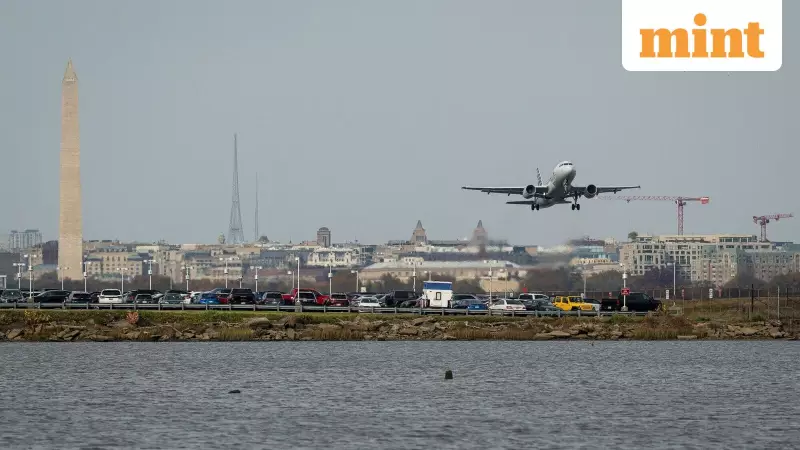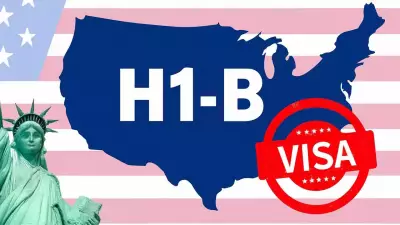
US Aviation Returns to Normalcy After Shutdown Resolution
In a significant development for air travel, US airlines are set to resume normal operations starting Monday following the lifting of government-mandated flight restrictions. The Federal Aviation Administration (FAA) and Department of Transportation have officially removed capacity cuts at 40 major American airports, marking a crucial step toward recovery after the prolonged government shutdown.
Gradual Easing of Flight Restrictions
The transportation authorities announced on Sunday that restrictions would be lifted effective 6 a.m. Monday, New York time. This decision comes after officials had already reduced flight cuts from 6% to just 3% on Friday. The improvement follows the end of a historic 43-day government shutdown that had severely impacted federal aviation operations.
FAA Administrator Bryan Bedford emphasized that "the decision to rescind the order reflects the steady decline in staffing concerns across the national airspace system" and enables a return to standard operational procedures. The announcement came shortly after President Donald Trump signed a funding bill to conclude the longest federal shutdown in US history.
Impact on Aviation Staff and Operations
The flight capacity reductions were initially implemented as a necessary measure to alleviate pressure on air traffic controllers, who had been working without pay during the shutdown period. According to Bloomberg reports, Bedford and Transportation Secretary Sean Duffy maintained that these cuts were essential given the extraordinary circumstances facing aviation personnel.
Staffing levels have demonstrated remarkable recovery since the shutdown's conclusion. The positive trend was evident through declining staffing triggers: six on Friday, eight on Saturday, and just one on Sunday - a dramatic improvement from the record 81 triggers recorded on November 8.
Data from aviation analytics firm Cirium revealed that airlines had already been operating above mandated levels, with only 0.25% of flights cancelled on Sunday at the affected airports. The emergency order's termination also removes restrictions on general aviation operators at specific locations.
Broader Implications for US Aviation
The aviation industry remained a critical concern throughout the shutdown period, with over 13,000 air traffic controllers classified as essential workers continuing their duties without compensation. This situation exacerbated existing staffing shortages, as 91% of US air traffic control centers were already operating below FAA-recommended staffing levels before the shutdown began.
Many controllers had been working six-day weeks, often exceeding 60 hours, during the crisis. Industry leaders had repeatedly urged Congress to resolve the shutdown, particularly with the busy holiday season approaching, highlighting concerns about aviation safety and workforce morale.
The restoration of normal flight operations represents a significant milestone in recovering from a shutdown that left federal workers unpaid, stranded travelers at airports, and created unprecedented challenges for the national aviation system.





